“I think all good painting looks as though the painting has escaped from the thicket of prepared positions and has entered some sort of freedom where it exists on its own, and by its own laws, and inexplicably has got free of all possible explanations. Possibly the explainers will catch up with it again, but never completely,” said Frank Auerbach in a 1978 interview with one of his sitters, Catharine Lampert. It must have been a curious scene, this dialogue between painter and subject: the artist addressing himself to his work, mustering all his eloquence to explain the “inexplicable” rift between the visual and the verbal to the very embodiment of the former. But why bother to formulate this potent statement of impotence if not because the paintings themselves – all those renderings of Catharine Lampert – demand some sort of reckoning? Auerbach’s provocative words set a daunting task for the would-be critic, and so does his challenging work. The paintings on display in Frank Auerbach, an extraordinary retrospective at the Tate Britain through March 2016, defy explanation but insist upon it. They require our collaboration, our willingness to unearth the difficult unities beneath their apparent dissonance.
Auerbach’s method is phenomenological: he presents people and places as syntheses of their manifestations at discrete moments in time. The phenomenological platform holds that perception is a matter of projection. We see the front of the box and infer the back, the cover of the book and infer its pages. Recognition occurs at the intersection of expectation and experience, when we survey our various engagements with a place to identify its core features.
In his landscapes, Auerbach employs a phenomenological approach, integrating his varied experiences of a site into a single image. Spaces in his work are hardly spatial at all: they wed mutually exclusive perspectives, affording us access to a whole that we are precluded from witnessing in reality. From a jumble of paradoxical angles emerges a domain without discernible scale. Here, we escape the limitations of situated subjectivity to see a street or garden from many viewpoints at once.
For all their suggestions of noise and motion, Auerbach’s cityscapes are essentially extra-spatial. Although the city street in Mornington Crescent Looking South (1996) teems with skyscrapers, it’s also resoundingly empty and still. The architecture is spectral and insubstantial, the lines tenuous and overlapping. Buildings sometimes fade, sometimes cut, into one other. There’s no sense of solidity: the whole scene, awash with the pale and transitional light of either dawn or dusk, seems at risk of dissipating. The avenue is as cramped as it is vast: the thick tangle of silhouetted shapes supports both conflicting interpretations, evoking the urban anonymity that attends experiences of desolation on the one hand, and bustle on the other. Auerbach leaves us to extricate certainty of form from this turmoil of mutable ambiguities.
In the Studio IV (2013-14) challenges us yet again to locate the clues that Auerbach has hidden – to wrest a window, a moon, or a desk from his guarded coats of paint. Like his cityscapes, Auerbach’s studio, depicted in In the Studio IV, is human and inhuman, not mute so much as conversant in an irreducibly visual language. Its strangeness, just barely tinged with the hint of something recognizable, invites us to seek out points of familiarity. The conclusions we draw from Auerbach’s slight suggestions are feats of careful looking. Nothing in these works is given freely.
Even his country-scapes, where we might expect to find some refuge from the burden of interpretation, put us to work: they are dotted with shapes drained of their familiar implications and intimations of warmth. Winter Evening, Primrose Hill Study (1974-5), a somber confusion of deep reds and spindly, arboreal browns, presents an exercise in desolation. It’s saturated with an imprecise but undeniable distance: the small flecks of white, which might be lights or scattered stars, are lonely marks of punctuation, conspicuously futile against the oppressive density of the backdrop. The painting is an autumnal unraveling, bleak as only British winter can be. Houses, lights, and the other vestiges of domesticity struggle to maintain their significance and even their structural integrity in the immensity of the echoing countryside, with its interminable hills. “A picture has to be the record, or the result of many specific acts of looking and thinking,” writes the art historian T.J. Clark in his catalogue essay. And indeed Winter Evening, laced with the furrows of so many evening landscapes and attendant solitudes, is dense with inscriptions of melancholy, variously experienced.
Winter Evening, Primrose Hill Study begins to approach the comprehensive truth of the place it depicts because of its visual contradictions. “The problem of painting is to see a unity within a multiplicity of pieces of evidence and the very slightest change of light, the very slightest, tiniest hairs-breadth inflection of the form creates a totally different visual synthesis,” Auerbach said in his interview with Lambert. The resulting images have what Clark calls a “quality of all-at-onceness.” They are simultaneities, separate moments re-integrated.
All of this suggests that Auerbach is an intellectual painter, devoted to rigorously wedding what Clark calls “vision and conception.” But his attention to the places he inhabits and the people he loves is as intimate as it is conceptual. “The accrued information enriches the content to an extraordinary degree,” he told Lambert. “I mean, if one has a chance of seeing people apart from the time when one’s painting them, one notices all sorts of things about them. If one sees them in movement, one realizes all sorts of truths about them.” The resulting images are triumphs of quietly committed love, borne of devoted observation.
Even at their most anatomical, Auerbach’s portraits remain tremulously human. Head of Leon Kossoff (1954), for instance, is fossilized in thick, oily heaps of impasto. The “head” in question is barely discernable as such. Its coloring is corpselike, its features distorted. Layers of paint are caked with violence onto the canvas, presenting us with a melting self, fixed at the moment of its utmost fluidity. The captivating Head of E.O.W. (1955) is similarly sculptural, and also skeletal. The image is rendered in burnt tones that fade from the mass of dark background to the subtle definition of the foregrounded visage. The figure’s eyes and nose, slits carved into a mass of paint, are like gashes. In this portrait, selfhood has become a sort of wound.
The exquisite but excruciating Head of J.Y.M. II (1984-5), perhaps the most remarkable painting here, erects another monument to the pain of self-presentation. It recalls the contorted, elongated forms favored by the Austrian modernist Egon Schiele. In it, a white, wraithlike face writhes diagonally across the canvas. Here, the body testifies to its own construction: Auerbach’s painterly presence inscribes itself onto the canvas with each ripple of preserved paint. Like so many of Auerbach’s portraits, Head of J.Y.M. II is physically situated but bafflingly ethereal. The painter expands on this theme in the striking E.O.W., Half-Length Nude (1958), in which a figure practically etched onto a thick coat of paint weds startling bone-whites with gurgling blood-reds. The result is a living body trapped in a sterilized form.
Auerbach’s impassioned impasto incites us to “paraeidolia,” the human tendency to perceive faces in inanimate arrangements. The paintings on display at the Tate Britain abound with figures both vital and sheathed, straining to reach us from beneath layers of congealed paint. These images promise but defer contact. In Self-Portrait (1958), Auerbach assembles fraying, aged pieces of paper in the shape of a face. This is the artist’s nod to the labored construction of a self. His efforts achieve some sort of coherence – the work is monochrome, and its various components fit together to illustrate a recognizably human countenance – but the illusion of integrated identity comes apart when we look closely enough to note the incongruities along the edges of the paper slips. We work to impose legible identities onto the people we encounter, just as we work to impose legible forms onto the chaos of lines and colors that comprise everything we call a “landscape.” Inevitably, we fall short, stitching unities from contradictions.
But if Self-Portrait reminds us that our efforts often prove futile, a series at the end of the exhibition reminds us that they sometimes succeed. In the J.Y.M. Seated in the Studio series (all 1988), an indistinct figure sweeps across a room. Her bodily geometry is sparse but organic, her movements flowing and voluptuous. Here, more than ever, Auerbach’s glistening impasto suggests touch: “the way to the visible” in Auerbach, Clark speculates, is “via the tactility, proximity, stickiness.” Auerbach concurs, noting that his paintings hinge on “a shape made from a sense of mass, rather than a shape made from a sense of shape.” For all their abstraction, his portraits evoke live, three-dimensional spaces, with all their attendant sensualities and their perennial sense of frustrated touch. If his landscapes are extra-spatial, his bodies are hyper-spatial. Auerbach’s work encapsulates, as he puts it, “the paradox of trying to make a gesture on a flat surface about a haptic.”
Often, we encounter one another the way we encounter most paintings: as mere appearances. But further engagement, if fraught, can also prove richly rewarding. Auerbach’s paintings require complicity. They are fluid, retreating upon approach, resurfacing when we immerse ourselves in them, withdrawing again with each lapse of attention. But in Auerbach’s art, if not in life, our efforts assure us a glorious consummation, the revelation of touch visualized and, with our participation, enacted.

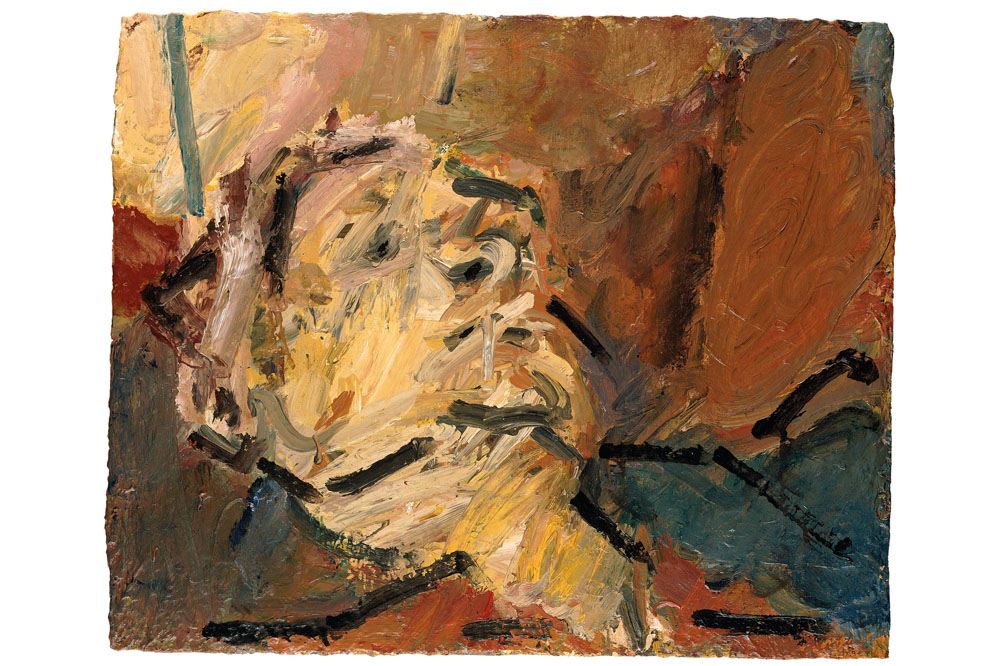
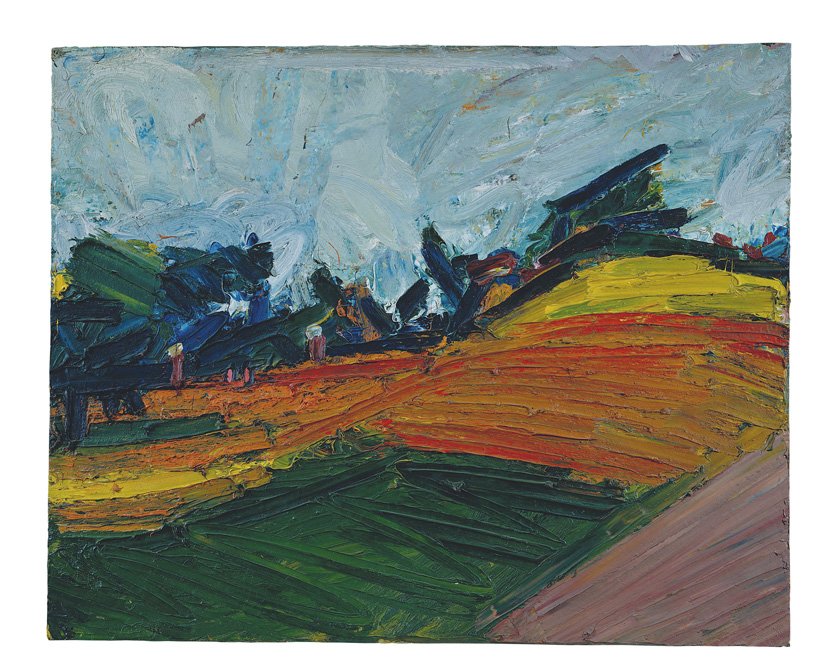
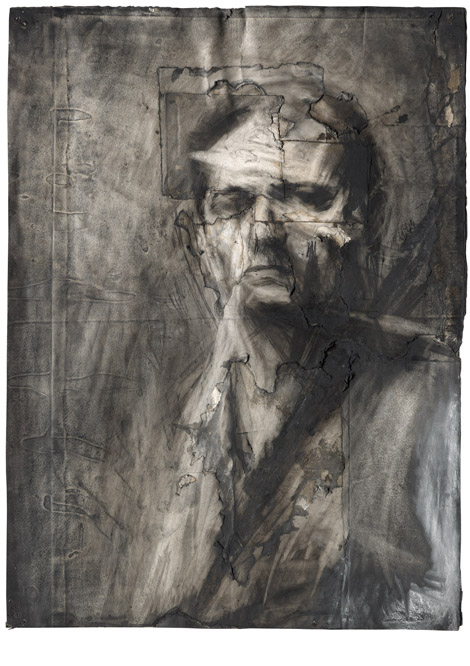
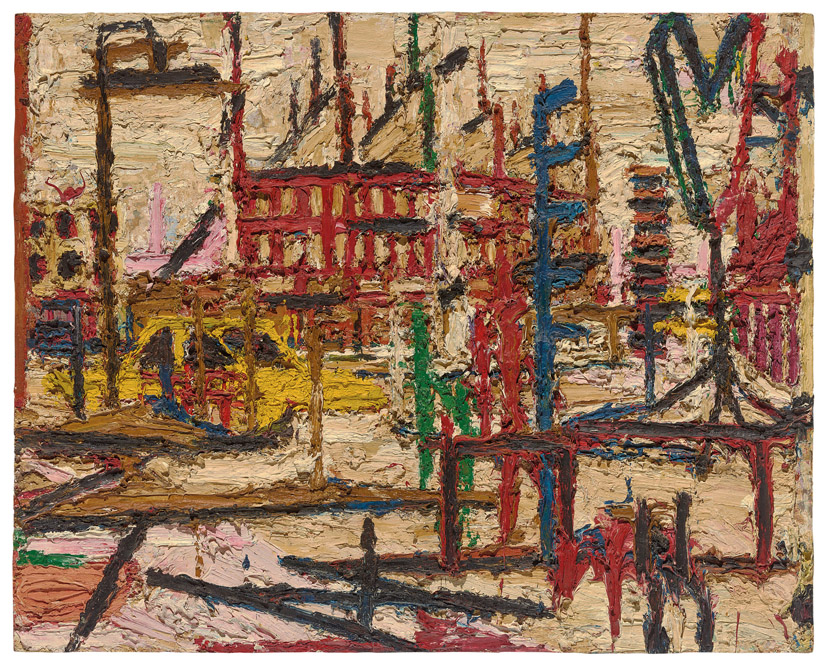
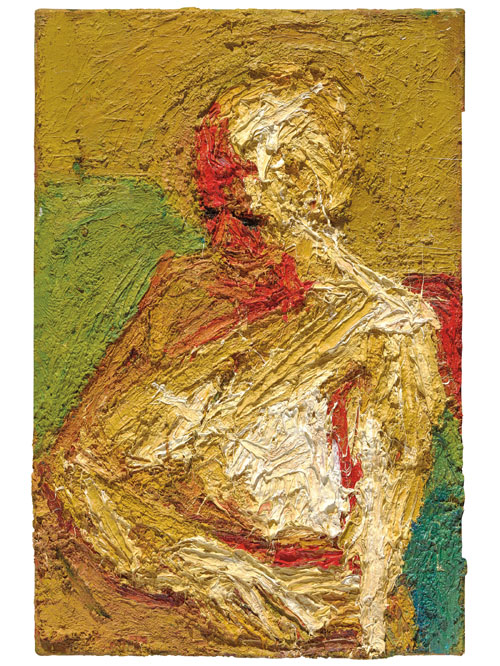



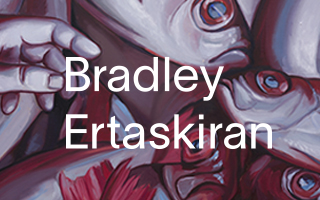



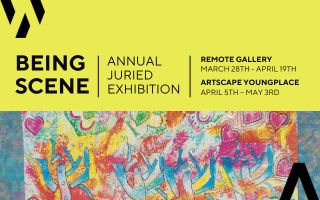

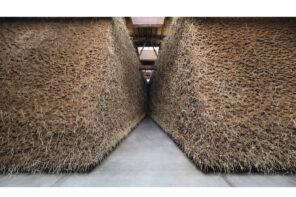
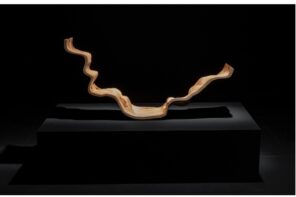
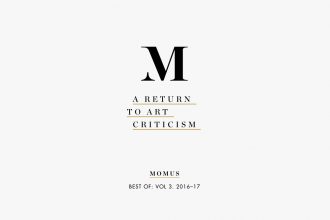
The art paradigm these last 40 years has diminished our ability to criticize art by
restricting our vocabulary, hence the scope of our values and judgment. Yet it is time to speak of a new criteria of likes and dislikes. If anything attracts in Auerbach’s painting it is the brushstroke, the body language of a curve or line that reveals momentarily a hint of Frank’s personality but even here I’m repulsed. For example in Reclining Head of Julia 2, Frank adds one telling brushstroke at the mouth which looks like spit drooling, painted skillfully enough that I feel a sense of disgust. In the rest of the painting the brushstrokes are pleasant, positive, likeable. Yet in other works like Morning Crescent there is a feeling of disgust from the brushstrokes themselves. In comparison, his self portrait 1958 is beautiful, which means Auerbach is talented, does have control of his medium and his work truly spring from a creative depth, one that is perhaps neurotic or somehow ill. This should not be taken as an insult but a diagnosis.
My perception of Frank’s work is of a conflict between that which is attractive, beauty, and that which is repulsive, ugliness. Auerbach is certainly a sensitive and skillful artist, but generally he loses the battle, perhaps on purpose. Duchamp wrote that good taste is the enemy of art but he also wrote that he wanted to kill art. In his own words Duchamp succeeded in destroying his own ability to make art… “it was like a broken leg” he said. There is a deep malaise, an illness in art today, an acceptance of, a permissiveness towards self destructive ideas and attitudes that act on art like a ship’s anchor attached to a child’s bicycle.